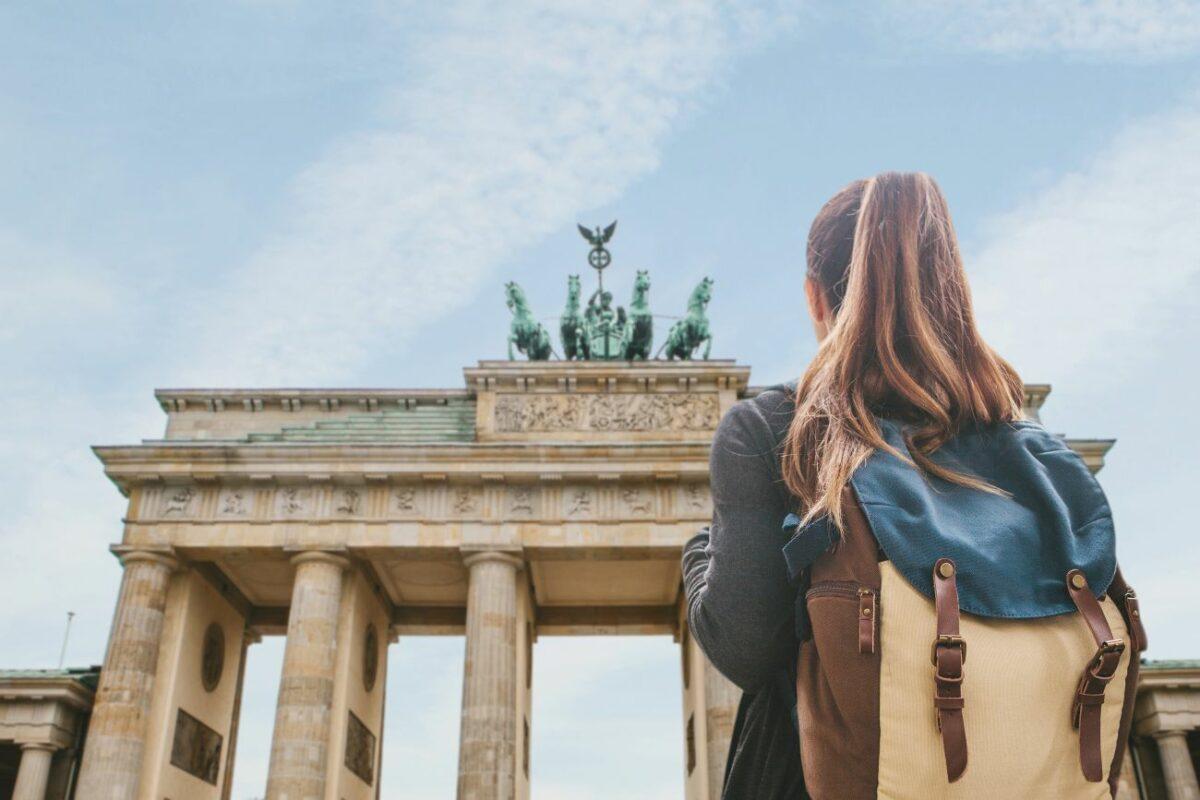Germany’s modern history is diverse, moving, and full of surprises, from monarchy to the fall of the Berlin Wall, the Hanseatic League to the Huguenots. If you look closely, you will find traces of a past that still shapes the country today. In this fourth installment of our series, we will take you to unique places and accommodations that offer a fresh perspective on German history.
Some tell tales of royal splendor, while others recount great upheavals. Together, they demonstrate that history isn’t confined to museums; it can be experienced along hiking trails and in your sustainable hotel. Here, our Green PearlsⓇ partners reveal which sights their guests find particularly fascinating.
The history of Bavaria between royalty and nationhood
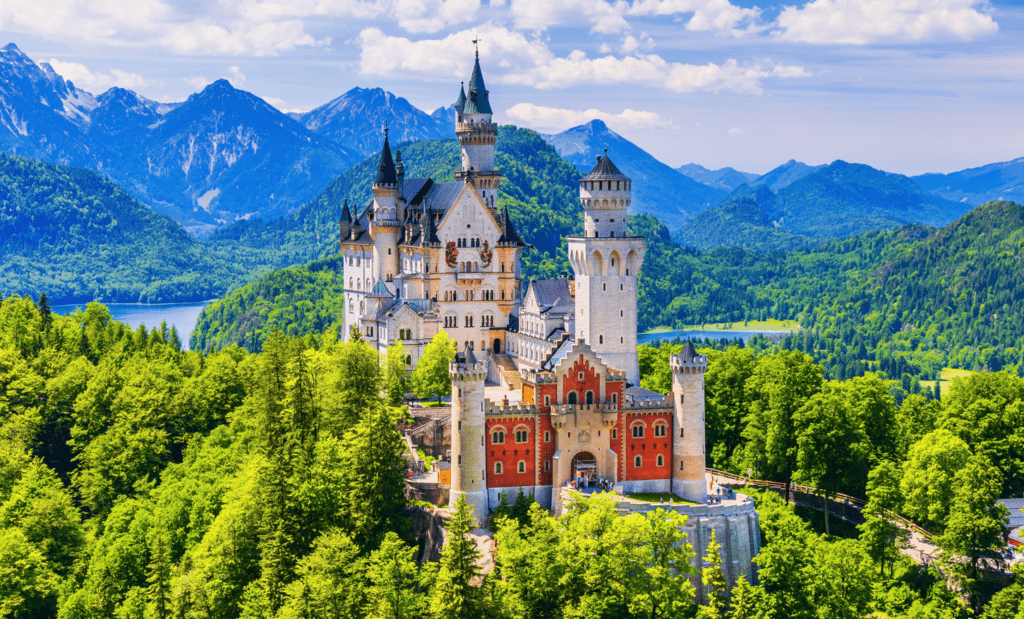
Let’s start with Bavaria, Germany’s most visited federal state. This remains true for both German and foreign visitors, according to a Statista survey from 2024. Thanks to its proximity to the Alps, Bavaria is an ideal destination for hiking and outdoor vacations. There is also an abundance of wellness hotels, some of which are committed to sustainability and Green Pearls™ partners.
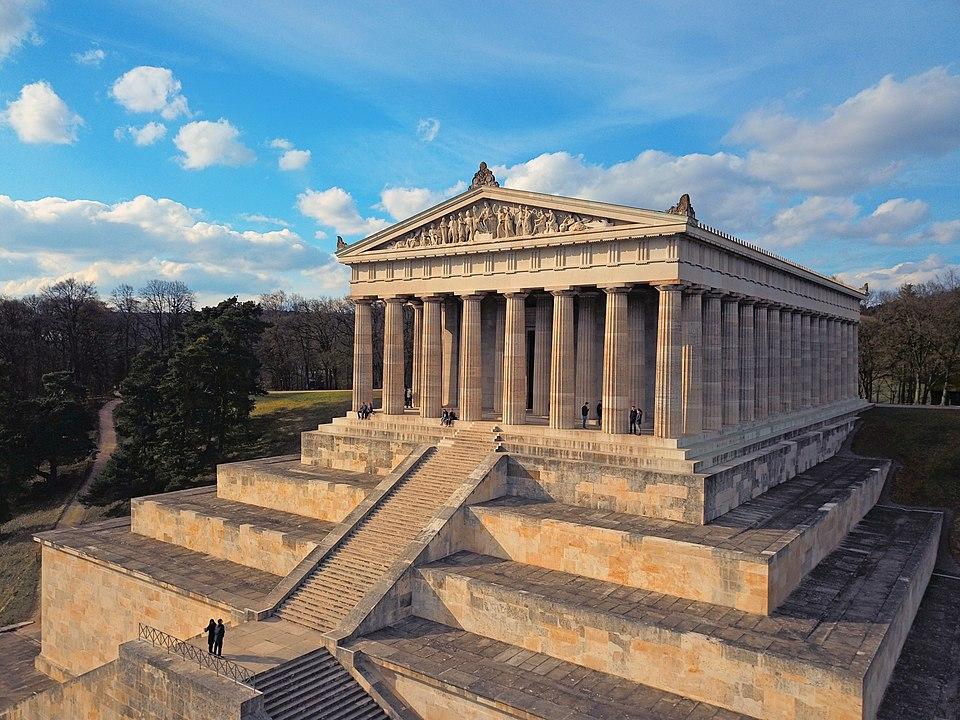
In addition to hiking and wellness, there are historical sites to explore! Bavaria has many historical buildings that tell the story of a time when regional identity and national aspirations were closely intertwined. In the Upper Palatinate, for instance, King Ludwig I commissioned the construction of Walhalla, an impressive monument to this day. Built in an ancient style, this temple honors notable figures in German history and embodies the concept of unity long before modern German national consciousness emerged.
The House of Bavarian History in Regensburg is close by and provides vivid information about the development of Bavaria and its role in German history.
Tip: Several events dedicated to King Ludwig I will take place until November 2025, marking the 200th anniversary of his accession to the throne.
Since 2025, Neuschwanstein Castle has been a UNESCO World Heritage Site
The royal castles of Neuschwanstein and Hohenschwangau in southern Bavaria are a testament to the self-image of King Ludwig II, grandson of King Ludwig I. He used these buildings to create a place of retreat and a romanticized ideal of rule. Known as the “Fairy-Tale King,” Ludwig II was King of Bavaria from 1864 to 1886. Neuschwanstein Castle therefore belongs to the modern era, despite its medieval appearance.
On July 12, 2025, Neuschwanstein Castle, Linderhof Castle, Herrenchiemsee Castle, and the Royal Palace on Schachen were listed as UNESCO World Heritage Sites.
Some of the suites at Hotel Das Rübezahl and the outdoor spa offer direct views of Neuschwanstein Castle, which looks like something from a fairy tale. You won’t have to wait in line to see it! Instead, you can enjoy the warm water of the outdoor pool or your morning coffee on your balcony. The hotel offers exactly that combination of wellness and hiking vacations, which are popular at the moment, along with a hiking concierge (Bergbaschdi) and historical sights. Additionally, the hotel is sustainably oriented, using renewable energies and serving regional organic cuisine.
A hotel in a historic country estate
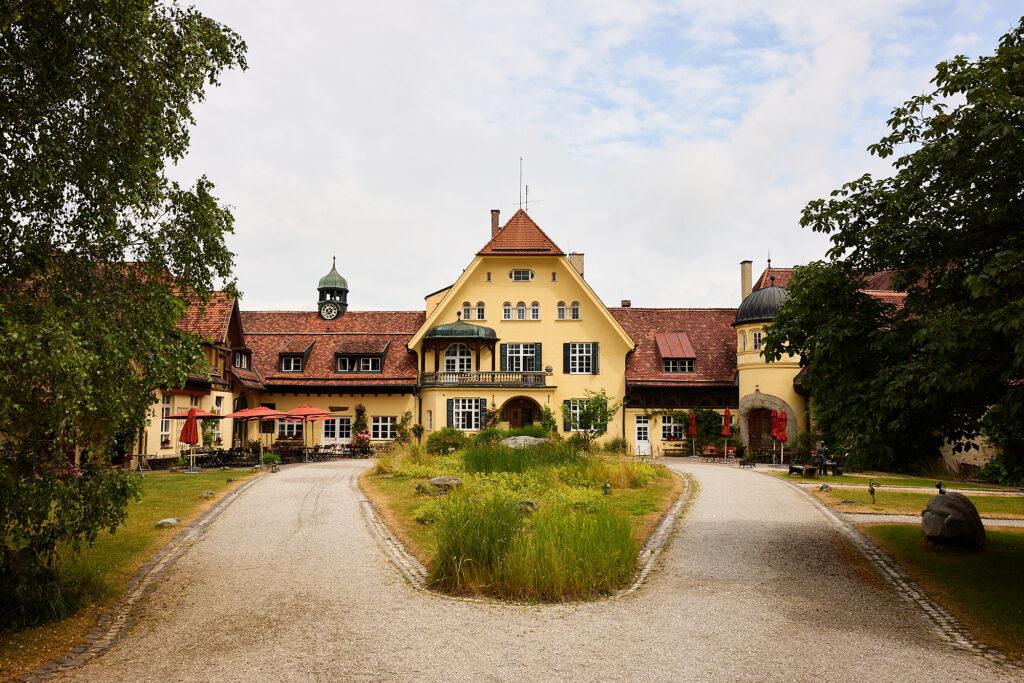
Some accommodations even have a rich history within their very own walls: Gut Sonnenhausen, located near Munich, for example, dates back to an early 20th-century stud farm. Over 120 years ago, Munich architect Wilhelm Spannagel built it in the English style, and host Georg Schweisfurth converted the stud farm (along with a farmhouse dating from 1800) into a sustainable hotel. Stylishly furnished, the hotel features a blend of modern and traditional elements. For instance, antique farmhouse cabinets from various sources were purchased and restored for the bedrooms.
Regional history and old borders
Germany’s history as a patchwork of principalities, duchies, and free cities is evident even today in many small, often inconspicuous traces in the landscape. Take the northern Black Forest, for example, where hikers come across old boundary stones—silent witnesses to a time when Baden and Württemberg were independent states.
Guests at the SCHWARZWALD PANORAMA hotel in Bad Herrenalb can follow these historical traces. Many of the stones bear the letters “B” for Baden and “W” for Württemberg. They mark a border that once separated the two regions but now symbolizes their union.
Similarly, the employees at Schwarzwald Panorama have grown together as a team as well. As host Stephan Bode told us in an interview, the team is made up of people from many different countries, all working to make the wellness hotel in the climatic health resort a pioneer in sustainability with a holistic zero-waste strategy and organic food.
The division of Germany — and what remains of it
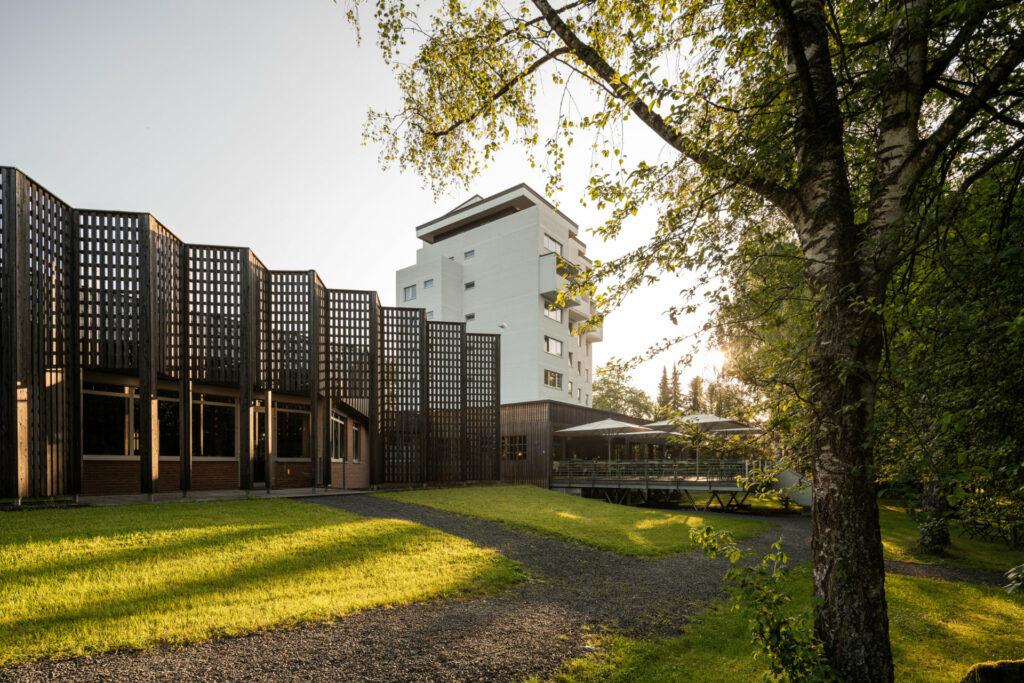
Following the development of the federal states into an empire, then a republic (the Weimar Republic), and finally the German Nazi Reich, another significant period in recent German history was the division of the country into East and West Germany. Following World War II, Germany was divided in 1949 into the Federal Republic of Germany (FRG) in the west and the German Democratic Republic (GDR) in the east—a division that lasted until the country’s reunification on October 3, 1990.
While the Berlin Wall is the first thing that comes to mind for many when this topic is mentioned—it was a symbol of the Cold War and the site of dramatic escape attempts—there were numerous other places along the inner-German border where the division was palpable.
One such place is Mellrichstadt, located in the Bavarian Rhön region just a few kilometers from the former border. The Berkach border memorial here commemorates the GDR’s security installations — an old watchtower still stands today, only about 300 meters from the current Bavarian-Thuringian state border. Those who want to learn more can visit the Border Museum in Eußenhausen. Together with the German Unity Sculpture Park, it makes for a worthwhile day trip..
The STURM, now a sustainable hotel and member of Green PearlsⓇ, is nearby. Built in the 1970s as a classic clinker brick building, the hotel benefited from border tourism at the time. Today, it stands for mindful organic living, eco-friendly architecture, and the serene beauty of the Rhön, showing how places with history can reinvent themselves.
Immerse yourself in the economic and migratory history of the region
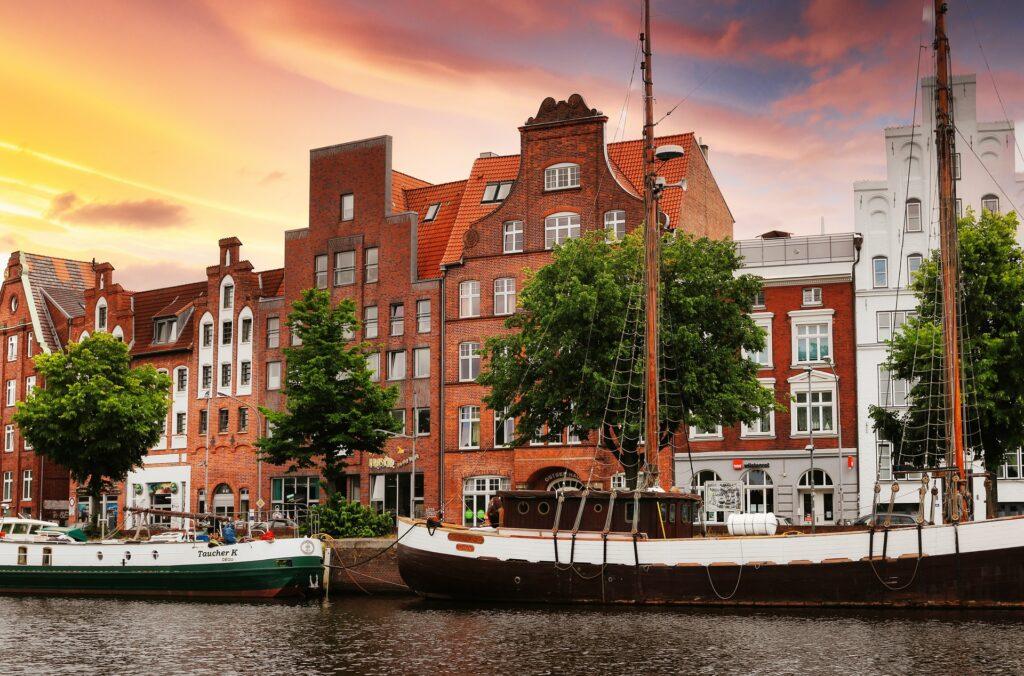
The impact of diversity and exchange on regions is particularly evident in former trading cities and places of immigration. These areas continue to benefit from the knowledge, ideas, and energy of their former newcomers.
The European Hansemuseum in Lübeck, located in the north, is an impressive reminder of the Hanseatic League, a powerful alliance of cities that dominated Northern European trade for centuries. The main exhibition is available in four languages: German, Swedish, Russian, and English.
The Baltic and North Seas are also popular vacation destinations in Germany. Almost every German has visited one of them at least once in their life. The most popular places are those right on the beach, like Timmendorfer Strand, where our partner, SANDnature, is located. The adults-only lifestyle hotel boasts a natural flair and a great roof terrace.
Lübeck and the Hanse Museum are ideal destinations for a day trip — or, if you’re feeling athletic, by bike. The exhibition shows how international trade links shaped the Baltic Sea coast and how values such as trust, contracts, and alliances determined economic activity in the Middle Ages.
Huguenots
Further south, you will learn about the history of the Huguenots, who were forced to flee France in the 17th century. They settled in Erlangen, leaving a lasting impact on the city through their expertise in crafts, trade, and medicine.
Today, guided tours recount Erlangen’s eventful history as a “Huguenot city”—an impressive example of early modern migration and integration. The Hotel Luise is ideally located for exploring these historical sites on foot or by bike. It is designed to be sustainable through and through. There are “renewable hotel rooms” with “astronaut showers,” a private microforest, beehives, tables made from old refrigerators, and many other projects you should check out! The Wall of Change in the hotel lobby provides an overview where each project, no matter how small, is represented by a wooden leaf.

History isn’t always pleasant — hole prisons and nuclear bunkers
Erlangen and the surrounding citys like Nuremberg have other historically significant sites that may be difficult to understand, but which reveal a great deal about the country.
One such place is the “hole prisons,” small underground solitary cells in Nuremberg that can be visited on guided tours. Water, bread, and a little daylight – the only things that came through the “hole.”
The region contains many relics from the Nazi era and the postwar period. Examples include the former Nazi Party rally grounds in Nuremberg and the Cold War–era nuclear bunkers also located in Nuremberg.
Lake Constance – where contemporary history meets engineering excellence
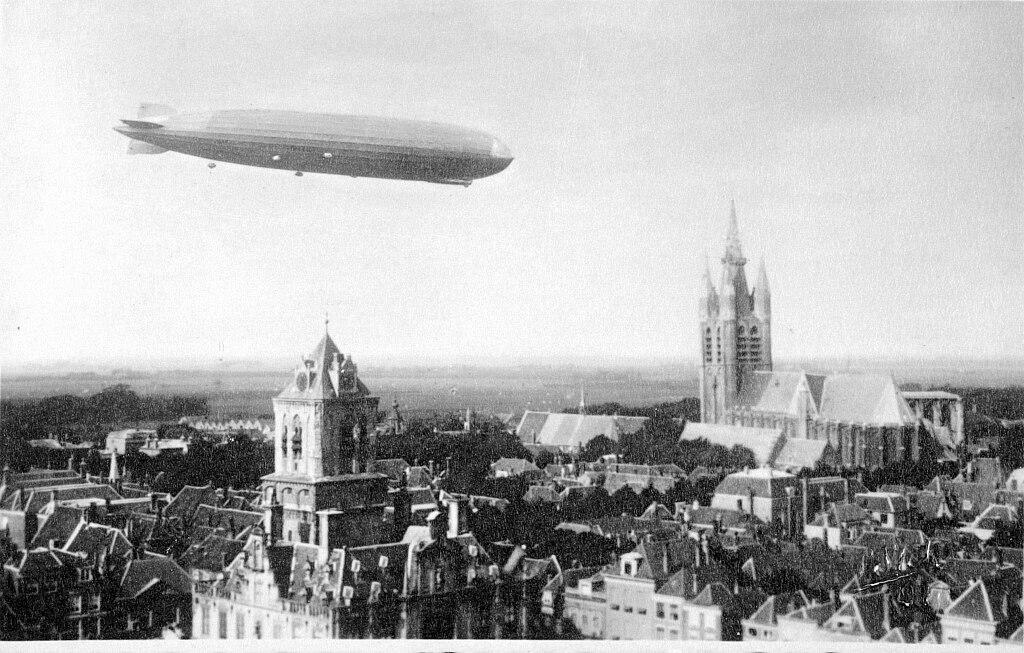
The engineering prowess of the German people is a particular source of national pride. Evidence of this can be found everywhere, from the automotive industry to bridge construction, energy technology, and aerospace engineering.
The Zeppelin Museum in Friedrichshafen on Lake Constance commemorates a special milestone in German aviation history.
Did you know? The first Zeppelin, the LZ 1, took off on its maiden flight from Lake Constance on July 2, 1900 — an event that ushered in a new era of travel. The museum’s exhibition displays original parts and replicas and highlights the social significance of airship travel.
By the way, you can now experience the Zeppelin Museum through an escape game! You’ll hunt for secret Zeppelin plans and play your way through history.
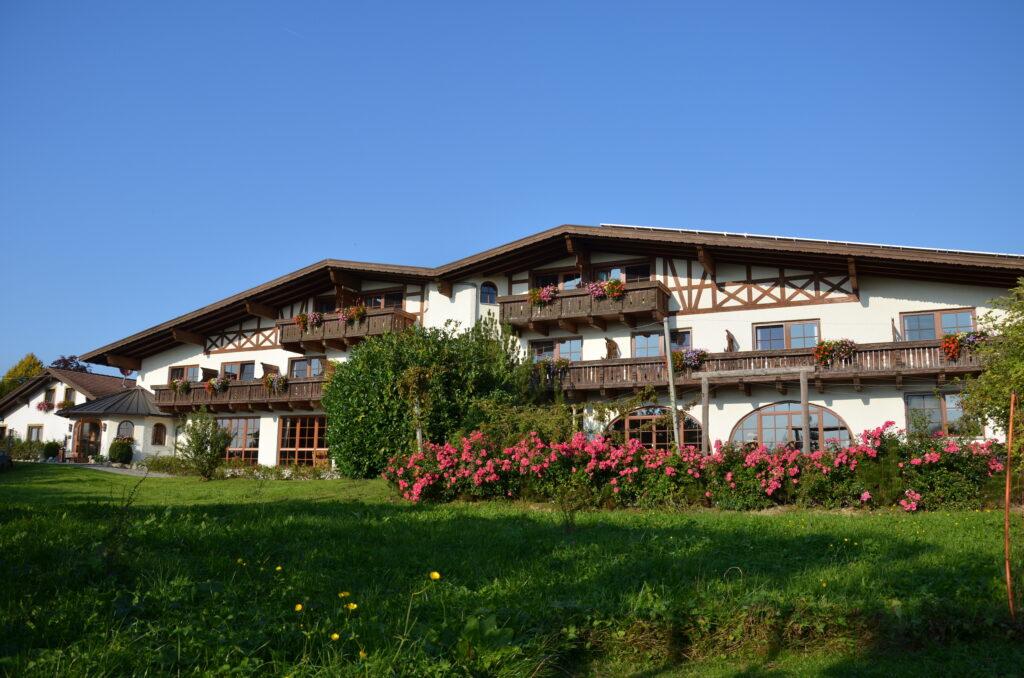
If you’re looking for sustainable accommodations, check out the Naturresort Gerbehof nearby. This family-run hotel is quietly located between forests, apple orchards, and horse stables. It has a sauna and spa area and is a true retreat. Children are welcome during the holidays, and outside of the holidays, you can enjoy an adults-only atmosphere.
Travel at a turning point
Just as the Zeppelin once ushered in a new era of travel, we are now at a turning point. Sustainable travel is not just a trend; it’s a conscious step toward a future that considers people, the environment, and history.
When we travel mindfully, we write a new chapter for ourselves. And who knows? Perhaps this way of traveling will one day become part of our collective memory.
Other parts of this miniseries:
Part 1: Travel to the Early Days (What Glaciers and Caves Reveal)
Part 2: Travel like the Romans do
Part 3: Castles and Monasteries in the Middle Ages (and what the rest of the world looked like then)
Save this article to Pinterest, so that you can find it again whenever you need it.


